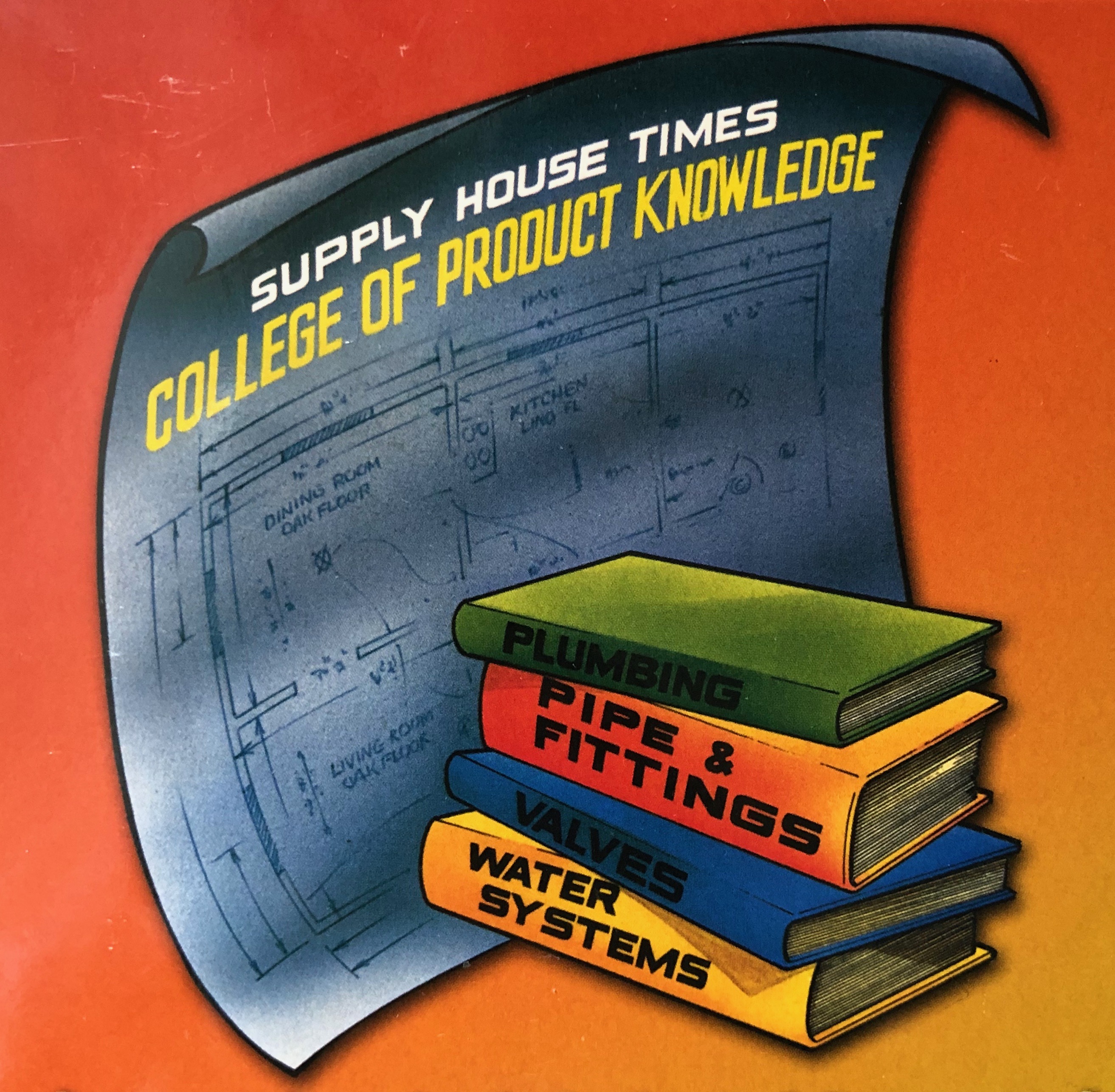Tankless market reaches new heights
Consumer desire for instant, constant hot water drives increased demand.

According to Coherent Market Insights, the global tankless water heater market is estimated to account for $29.7 billion in terms of value by the end of 2027, witnessing a compound annual growth rate of 5.7% during the forecast period 2020-2027.
There are many benefits of tankless heaters that have driven the market to this growth — space saving and efficiency for example — and as the consumer demand for instant, endless hot water increases, so does the demand for tankless.
Patrick McLaughlin, product manager, tankless gas at Rheem, says both the surge in new construction and home upgrades are increasing the demand for tankless heaters.
“New Construction and tank replacement upgrades are both leading channels for tankless products,” he says. “Recently, due to increased usage and a new focus on remodeling, we have seen a surge in projects from homeowners upgrading their existing system to meet new demands brought on by the pandemic. As more people stay at home, the convenience of endless hot water has become more desirable.”
The desire for instant access to constant hot water is what makes many homeowners choose tankless. “On-demand/instant water heating solutions are popular in vacation homes, as well as in situations where there are many people in the house for a week or so and then vacant for long periods of time,” says Madison Phillips, senior manager of global product management at Rheem. “Instant hot water is particularly good in larger homes where the water heater is very far from the master bedroom or kitchen.”

The pros of tankless are primarily related to energy and space savings. In addition, these units are small enough to be hung on a wall, and many climates allow locations to be outdoors, saving a substantial amount of space for the end-user. Photo courtesy of Noritz America.
The benefits of tankless and on-demand water heating stretch far beyond the residential market. Randy Oshiro, manager of engineering at Noritz, notes that light-commercial projects, like fast food or casual restaurants, are among the biggest sectors leaning heavily towards tankless water heating products.
“Say you have 100 gallons of hot water available, being drawn at 10 gpm. Once that 100 gallons depletes — after about 10 minutes — the end-user will start to get cold(er) water. The end-user can continuously draw that 10 gpm endlessly while using a tankless water heater with the same flow rate,” Oshiro explains. “This means applications such as fast-casual restaurants, apartments, etc. — with load profiles that fit this continuous usage — especially benefit from tankless technology.”
Rick Yost, Mid-Atlantic sales manager, tankless gas for Rheem, agrees, pointing out other commercial applications that benefit from tankless. “With tankless, there is no longer any worry with filling large bathtubs and providing enough hot water for showers with multiple shower heads,” he says. “A commercial application might be a great application for tankless water heaters where high usage might be a concern such as locker rooms or hotels.”
Making the sale
When comparing tankless to traditional tanked water heaters with customers, price can be a concern. “We are seeing more challenges on the sales side with tankless technology,” says Barry Atwood, tankless product manager at A. O. Smith. “With larger upfront costs, it can be difficult to sell customers on tankless. However, once they see the long-term benefits and cost savings, they’re happy they made the switch.”
Dongtaek Lee, senior product manager at Bradford White Corp., agrees that installation costs are a hurdle.
“The higher costs are usually due to needing to upgrade the gas line and gas meter size to allow for a much higher input than a tank-type product equivalent,” Lee says. “Also, it’s important to make customer aware that unlike most tank-type water heaters, a tankless water heater’s performance is greatly affected if routine maintenance is not performed.”
In addition to higher up-front costs, tankless installation can require some additional training. “Installation challenges can also cause some hesitation for selecting and installing these products, especially if a customer already has a tank type water heater. Proper training is essential,” Atwood says. “We’re proud to invest the time and resources into educational tools that support contractors, wholesalers and builders. We offer 24/7 virtual training at www.university.hotwater.com, which combines digital classes and on-demand videos for our tankless products and more.”

A. O. Smith offers 24/7 virtual training to help contractors overcome any installation hurdles with tankless. Photo courtesy of A. O. Smith.
Developing trends and technology
Tankless products come in two variants: mid-efficiency models (between 81% and 88% efficient); and high-efficiency, condensing models (greater than 88% efficient). The condensing models are relatively new to the market, with advancements in the burner and gas valve train arrangements pushing efficiencies up to the higher 90% efficiency ranges.
In terms of technology enhancements, ease-of-installation, increased efficiency standards and the continuing smart technology trend are at the top of manufacturers’ minds.
“Newer advancements include designs that make it easier for the installer to install and service the product and integrate with smart-home technologies to increase overall system efficiency,” Orshio says.
Atwood points out that state and local regulations are affecting the tankless market. “When it comes to energy efficiency requirements, California’s building codes are some of the most progressive, but regulations are starting to spread across the country. Electrification and decarbonization also play an important role in energy efficiency. Reducing our dependence on fossil fuels and using electricity as the primary fuel source in buildings and homes cuts down on the carbon footprint and greenhouse gas emissions.”
Lee adds that Bradford White expects to see technology developing that proactively prevent the spread of microorganisms.
According to Atwood, scale prevention is a developing trend as well. “Scale buildup can shorten the life of any water heater, increasing the likelihood of premature failures and costly service requirements. There are a number of anti-scale filters on the market, but we suggest finding one that uses a non-chemical, non-salt scale reduction substance that causes the calcium and magnesium in the water to bind together, preventing it from sticking to the inner surfaces of the tankless heat exchanger. These products are designed so contractors can simply replace a cartridge in the filter every two years.”
The popularity of tankless won’t be going anywhere, and it’s there are some recent factors pointing to even more demand.
“2021 has seen a lot of the same demands as 2020 with many homeowners upgrading their water heaters to tankless,” McLaughlin says. “As the pandemic winds down, we expect the increase in market demand for tankless will level off to a more historical steady growth percentage.”
Looking for a reprint of this article?
From high-res PDFs to custom plaques, order your copy today!









